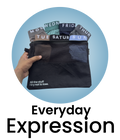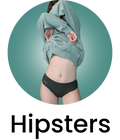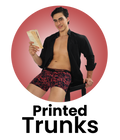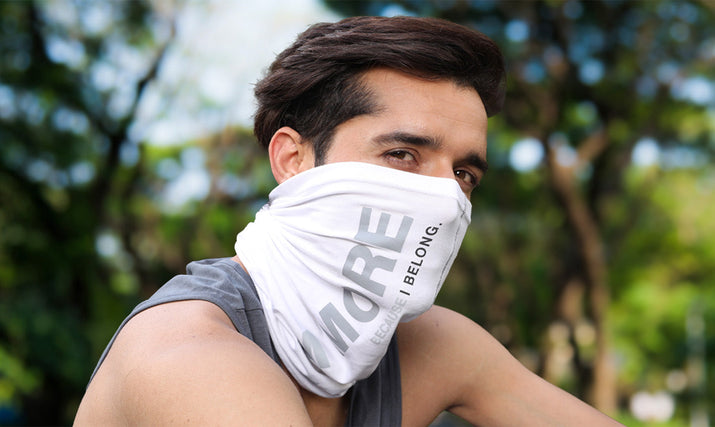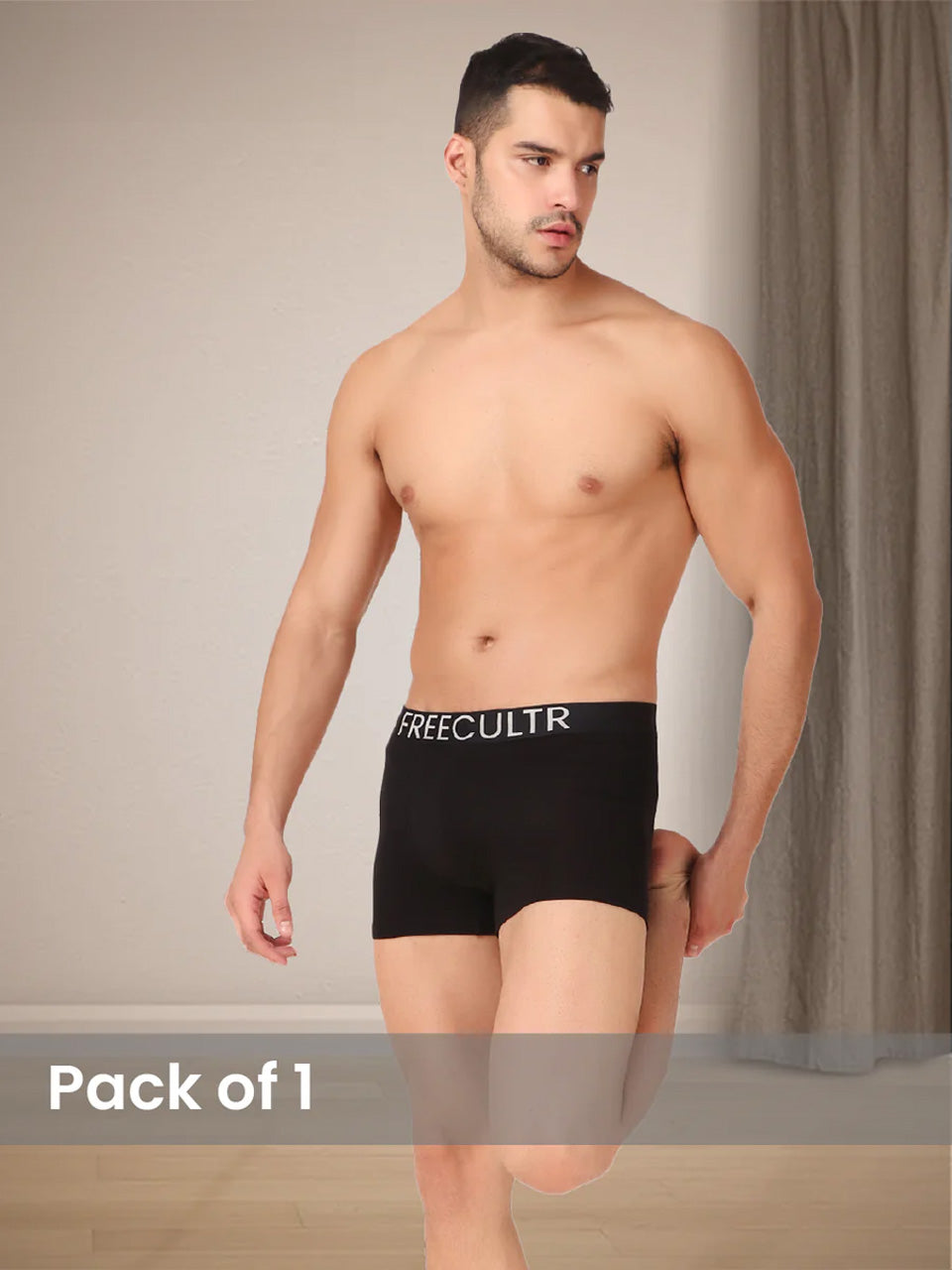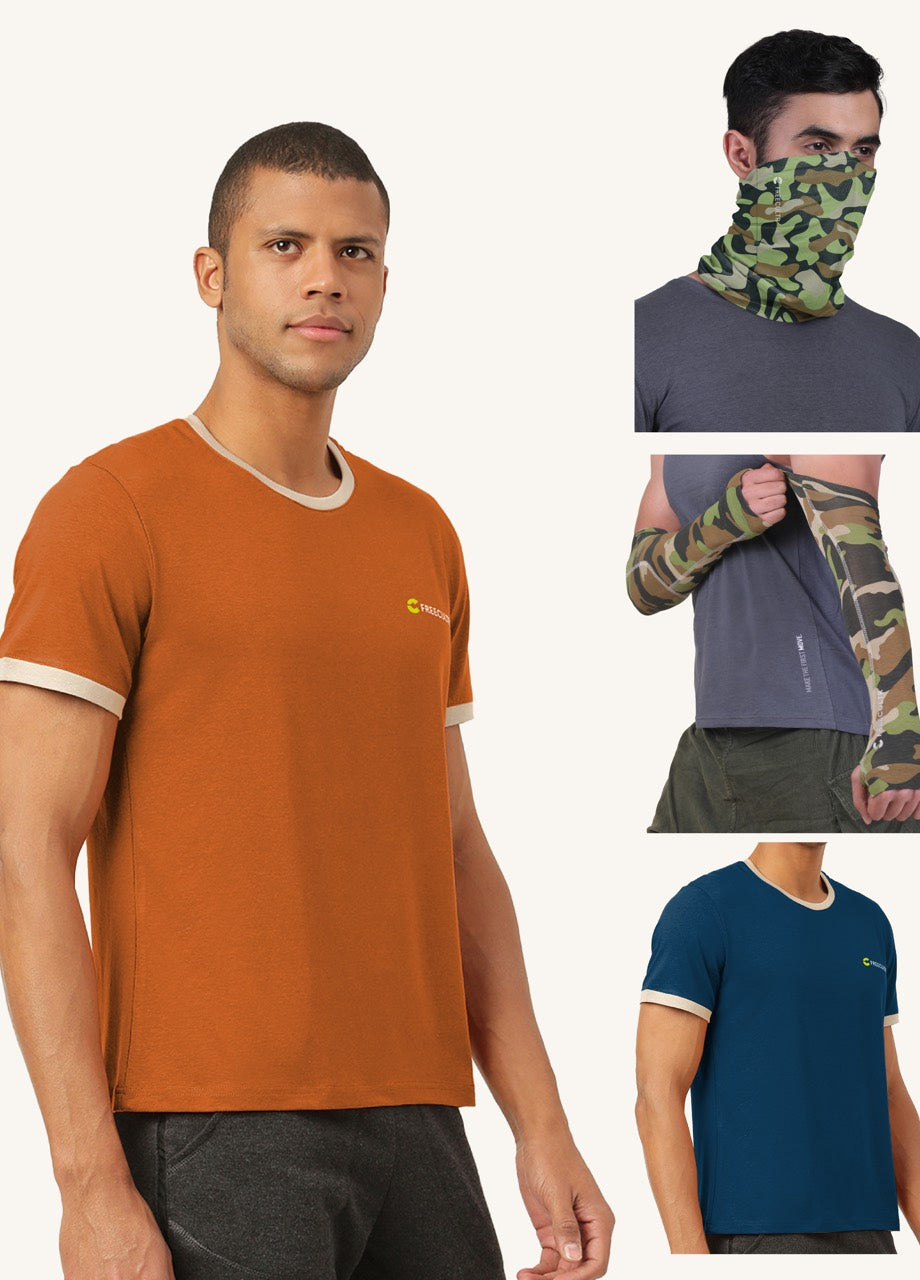Beyond the ubiquitous baseball cap, a new frontier in men's accessories is unfolding: the bandana. Once relegated to utilitarian roles like sweat absorption on construction sites or rebellious biker aesthetics, the bandana is experiencing a renaissance, fueled by its versatility and practicality. From high-fashion runways showcasing silk bandanas draped elegantly to rugged outdoor enthusiasts sporting moisture-wicking versions, its appeal spans diverse demographics. But it’s not just about looks; dermatologists are increasingly highlighting the bandana's potential as an accessible and stylish form of sun protection, especially crucial for exposed necks and scalps during outdoor activities. This re-evaluation positions the bandana as more than just a trend – it’s a multifaceted accessory deserving a closer look.
Why Bandanas are Back (and Always Have Been Cool)
Let's be real, bandanas have been lurking in the fashion shadows for a while, occasionally popping up on runways or in music videos. But they're more than just a fleeting trend. They're a timeless accessory with a rich history. Frankly, they're just plain useful. Think about it: pirates, cowboys, rockstars – all rocking bandanas. What do they all have in common? A certain undeniable swagger. And practicality, of course.
More Than Just a Cloth: The Bandana's Many Roles
A bandana is essentially a square piece of cloth, typically cotton. That simplicity belies its versatility. It’s like the Swiss Army knife of accessories. Here's a breakdown of what makes it so adaptable:
- Sun Protection: Obvious, right? Cover your head, neck, or face to shield yourself from those harsh UV rays. It’s a lifesaver on a scorching summer day.
- Sweat Absorption: Working out? Hiking? Gardening? Tie a bandana around your forehead to keep sweat out of your eyes. Trust me, your vision will thank you.
- Dust and Debris Shield: Perfect for dusty environments, construction sites, or even just windy days. Wrap it around your nose and mouth for instant protection.
- Style Statement: This is where it gets fun. Bandanas come in countless colors, patterns. Styles. They can add a pop of color, a touch of edginess, or a vintage vibe to any outfit.
- Emergency Gear: In a pinch, a bandana can be used as a makeshift bandage, a water filter (through layers of fabric), or even a signal flag.
Decoding Bandana Styles: Finding Your Vibe
Choosing the right bandana is all about finding one that reflects your personal style. Here are a few popular styles and how to rock them:
- The Classic Paisley: The OG bandana. This pattern is timeless and versatile. Wear it folded as a headband, tied around your neck, or peeking out of your back pocket.
- Solid Colors: Simple and effective. A solid-colored bandana can add a subtle pop of color to your outfit without being too overwhelming. Black, navy. Olive green are always safe bets.
- Geometric Prints: For a more modern look, opt for a bandana with a geometric print. These can add a touch of sophistication and visual interest to your ensemble.
- Bandana Prints: A fun and quirky choice, these bandanas feature playful designs like skulls, anchors, or even food. They're a great way to show off your personality.
Tying It All Together: Different Ways to Wear a Bandana
This is where your creativity comes into play. There's no right or wrong way to wear a bandana. Here are a few popular options:
- The Headband: Fold the bandana into a long strip and tie it around your forehead. This is a classic look that's both stylish and practical.
- The Neck Scarf: Fold the bandana into a triangle and tie it around your neck. This can add a touch of sophistication or edginess to your outfit, depending on the color and pattern.
- The Pocket Square: Fold the bandana into a square and tuck it into your back pocket. This is a subtle way to add a pop of color and personality to your look.
- The Wrist Wrap: Fold the bandana into a long strip and wrap it around your wrist. This is a cool and casual look that's perfect for summer.
- The Cowboy: Fold the bandana into a triangle, cover your mouth and nose. Tie it behind your head. Great for dust protection or adding a rugged look.
Bandanas and Sun Protection: A Serious Matter
While bandanas are stylish, let's not forget their practical benefits, especially when it comes to sun protection. The sun’s ultraviolet (UV) rays can cause serious damage to your skin, leading to premature aging, sunburn. Even skin cancer. A bandana, especially one made of tightly woven cotton, can provide a physical barrier against these harmful rays. Think of it as adding another layer of defense, similar to wearing a hat or applying sunscreen.
But, it's crucial to grasp that a bandana alone isn't a substitute for sunscreen. UV rays can still penetrate the fabric, especially if it's thin or loosely woven. For optimal protection, consider these tips:
- Choose a Dark Color: Darker colors absorb more UV rays than lighter colors. A black or navy bandana will offer more protection than a white or pastel one.
- Opt for Tightly Woven Fabric: The tighter the weave, the less UV radiation can pass through. Look for bandanas made of tightly woven cotton or linen.
- Double Up: Folding the bandana in half or layering it can provide an extra layer of protection.
- Still Use Sunscreen: Even with a bandana, apply sunscreen to any exposed skin, especially your face, neck. Ears.
Material Matters: Cotton vs. Other Fabrics
Most bandanas are made of cotton. For good reason. Cotton is breathable, absorbent. Relatively inexpensive. But, other fabrics are also used, each with its own advantages and disadvantages:
| Fabric | Pros | Cons |
|---|---|---|
| Cotton | Breathable, absorbent, inexpensive, readily available. | Can shrink after washing, wrinkles easily, may not be as durable as other fabrics. |
| Silk | Soft, luxurious, drapes well. | Expensive, delicate, requires special care. |
| Linen | Strong, durable, breathable, gets softer with each wash. | Wrinkles easily, can be more expensive than cotton. |
| Polyester | Durable, wrinkle-resistant, dries quickly. | Not as breathable as natural fibers, can feel sticky in hot weather. |
| Microfiber | Extremely soft, absorbent, quick-drying. | Can be more expensive than cotton, may not be as breathable. |
For everyday wear and sun protection, cotton is a solid choice. But, if you're looking for something more luxurious or durable, consider silk or linen. For athletic activities, microfiber might be a better option due to its quick-drying properties.
Real-World Examples: Bandanas in Action
Let's look at some real-world scenarios where bandanas shine:
- The Outdoorsman: Hiking, camping, fishing – a bandana is an essential piece of gear. It can be used to protect against the sun, dust. Insects, as well as for first aid.
- The Urban Cyclist: Riding your bike in the city? A bandana can keep sweat out of your eyes and protect your face from pollution.
- The Music Festival Goer: Festivals are dusty and hot. A bandana can keep you cool, protect your lungs. Add a touch of bohemian style to your outfit.
- The Construction Worker: Bandanas are a must-have on construction sites, protecting against dust, debris. Sun exposure.
- The Fashion Enthusiast: Whether you're going for a vintage, edgy, or sophisticated look, a bandana can add the perfect finishing touch to your outfit. Fashion and Comfort together!
Caring for Your Bandana: Keeping It Fresh
To keep your bandana looking its best, follow these simple care tips:
- Wash Regularly: Wash your bandana after each use, especially if you've been sweating or exposed to dust.
- Use a Mild Detergent: Harsh detergents can damage the fabric and fade the colors.
- Machine Wash or Hand Wash: Most cotton bandanas can be machine washed on a gentle cycle. But, delicate fabrics like silk should be hand washed.
- Air Dry: Avoid using a dryer, as it can shrink the fabric and fade the colors. Hang your bandana to air dry.
- Iron as Needed: If your bandana is wrinkled, iron it on a low setting.
Conclusion
So, you're now armed with bandana knowledge! It's more than just an accessory; it's a statement. Remember, the key is confidence. Don't be afraid to experiment with different folds and patterns. Personally, I love a paisley bandana tucked into the back pocket of my jeans for a subtle, rugged look. Beyond style, think about practicality. Heading out for a hike? A bandana can protect you from the sun's harsh rays and wick away sweat. With brands like Freecultr offering breathable, stylish options, there's no excuse not to embrace this versatile piece. Now go out there, find your perfect bandana. Own your style! Looking for inspiration? Check out modern bandana styles on platforms like Pinterest.
More Articles
Freecultr mask – Breathable Protection & Reusable Design
Freecultr socks – Antimicrobial & Odor Resistant
Freecultr hoodie – Cozy Comfort & Durable Fabric
Freecultr muffler – Soft Warmth & Stylish Designs
FAQs
So, bandanas on men... Still a thing? Or am I stuck in the 90s?
Totally still a thing! Maybe not the exact same styles as the 90s (though those are making a comeback!). Bandanas are super versatile for adding a touch of style or practicality. Think less grunge, more cool and considered.
What are the best ways a guy can actually wear a bandana without looking like he's trying too hard?
Good question! The key is subtlety. A loosely tied bandana around your neck under an open shirt is a classic. Or, try folding it into a thin strip and wearing it as a headband to keep your hair back. Pocket squares with a bandana print are another low-key option. Avoid anything too tight or theatrical, unless that's your vibe, of course!
Are bandanas actually useful for sun protection, or is that just a fashion claim?
They definitely offer some sun protection, especially for your neck and head. Think of it as an extra layer. But, they're not a replacement for proper sunscreen, especially a bandana with a loose weave. Darker colors offer slightly better protection.
What kind of material should I look for in a bandana, especially if I'm using it for sun or sweat?
Cotton is a classic choice – it's breathable and absorbent. But for serious sweat management, consider bandanas made from moisture-wicking fabrics like microfiber or blends with synthetic materials. These will dry faster and be more comfortable.
Okay, I'm convinced. But where do I even start? What's a good 'starter' bandana color or pattern?
You can't go wrong with a classic navy blue, black, or red paisley. They're versatile and go with pretty much everything. Once you're comfortable, you can start experimenting with bolder colors and patterns!
How do I keep my bandana from looking all wrinkly and sad?
Ironing is your friend! A quick press will make it look much more polished. If you're going for a more relaxed vibe, try folding it neatly after washing and letting it air dry. That helps minimize wrinkles without making it look too perfect.
Can I wear a bandana in a professional setting? Like, to the office?
That really depends on your workplace! In most traditional office environments, a bandana worn around your head or neck might be too casual. But, a bandana-print pocket square in a suit jacket could be a subtle way to add some personality. Use your best judgement. Maybe test the waters with something small first.

